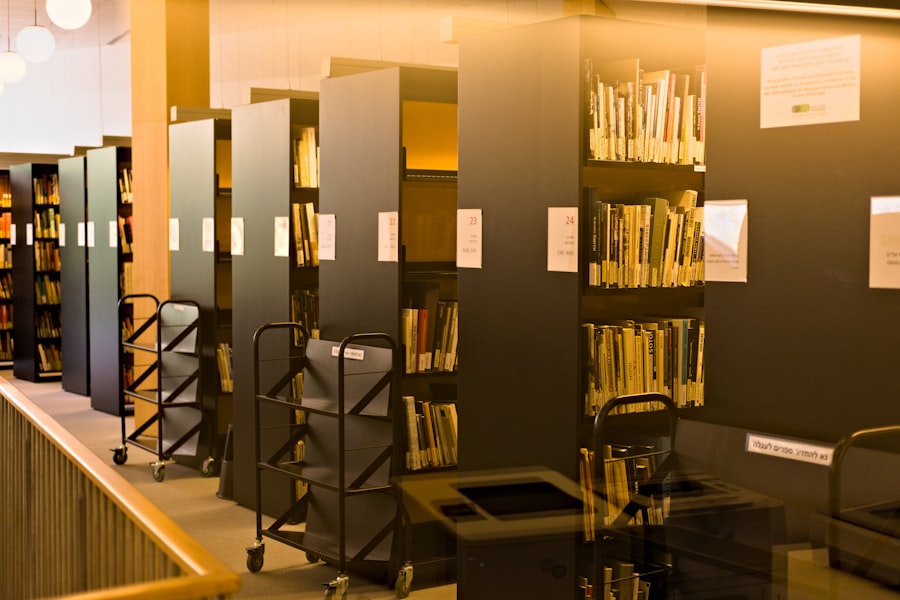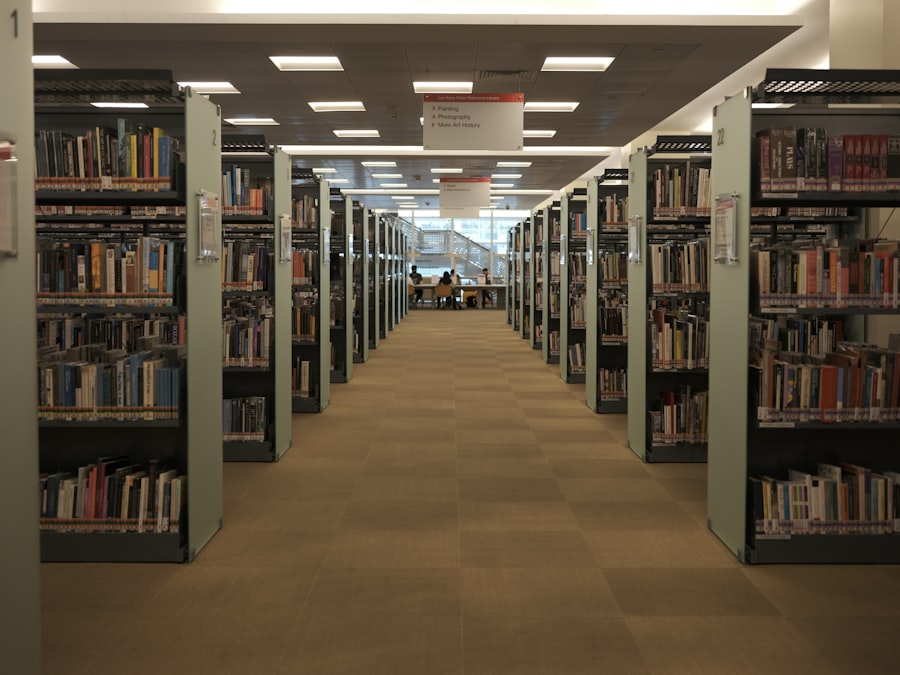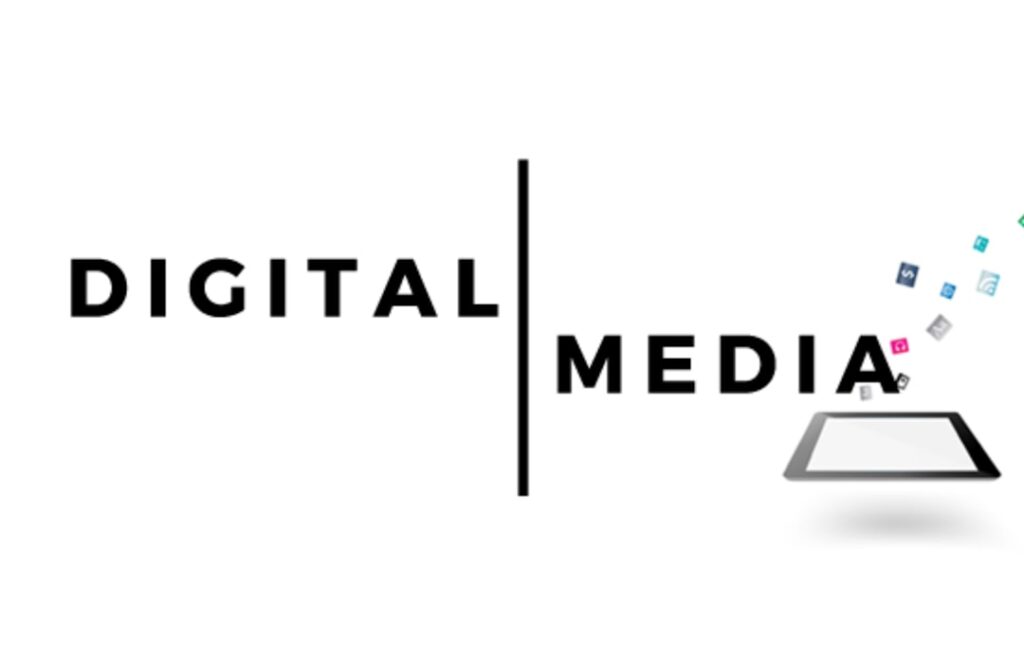In the digital age, the sheer volume of media files we accumulate can be overwhelming. As someone who has navigated the complexities of managing a media library, I understand the importance of organization. A well-structured media library not only enhances efficiency but also improves accessibility for users.
Whether I am working on a personal project or managing a large site, the way I organize my media files can significantly impact my workflow and productivity. The organization of a media library involves more than just storing files; it requires a strategic approach to ensure that I can easily locate, retrieve, and utilize my media assets. From images and videos to audio files and documents, each type of media serves a unique purpose.
By implementing effective organizational strategies, I can streamline my processes and create a more user-friendly experience for anyone accessing the library.
Key Takeaways
- Media library organization is crucial for large sites to efficiently manage and access media files.
- Categorizing and tagging media files using best practices helps in easy retrieval and organization.
- Utilizing metadata can significantly improve the organization and searchability of media files.
- Implementing a folder structure for easy navigation and access can streamline media library management.
- Automation and bulk actions can be utilized for efficient media library management and maintenance.
Understanding the Importance of Media Library Organization for Large Sites
For large sites, the stakes are even higher when it comes to media library organization. With countless files being uploaded daily, the risk of chaos increases exponentially. I have witnessed firsthand how disorganization can lead to wasted time and frustration.
When files are not categorized properly, it becomes nearly impossible to find what I need quickly, which can hinder productivity and lead to missed deadlines. Moreover, an organized media library is crucial for maintaining a professional image. When users visit a site and encounter broken links or inaccessible media, it reflects poorly on the brand.
I have learned that investing time in organizing my media library pays off in the long run, as it enhances user experience and fosters trust. A well-maintained library not only benefits me but also serves my audience by providing them with easy access to high-quality content.
Best Practices for Categorizing and Tagging Media Files

One of the most effective ways to organize a media library is through categorization and tagging. I have found that creating specific categories for different types of media—such as images, videos, and audio—helps me quickly locate files when needed. Additionally, I make it a point to use descriptive tags that accurately reflect the content of each file.
This practice not only aids in searchability but also allows me to group related files together. When categorizing and tagging, I strive for consistency. I have learned that using a standardized naming convention for tags ensures that I can easily remember and apply them across various files.
For instance, if I am working on a project related to travel, I might use tags like “beach,” “mountains,” or “city” to describe specific images. This level of detail makes it easier for me to filter through my media library and find exactly what I need without sifting through irrelevant files.
Utilizing Metadata for Efficient Media Library Organization
Metadata plays a pivotal role in enhancing the organization of my media library. By embedding relevant information within each file, I can provide context that aids in identification and retrieval. For example, I often include details such as the date of creation, author, copyright information, and keywords in the metadata of my images and videos.
This additional layer of information not only helps me keep track of my assets but also improves search functionality. I have discovered that utilizing metadata effectively can save me significant time when searching for specific files. Instead of relying solely on file names or folder structures, I can perform targeted searches based on metadata attributes.
This capability is especially beneficial when dealing with large volumes of media, as it allows me to pinpoint exactly what I need without unnecessary delays.
Implementing a Folder Structure for Easy Navigation and Access
Creating a logical folder structure is another essential aspect of organizing my media library. I have found that establishing a hierarchy of folders based on categories or projects helps me navigate my files with ease. For instance, I might create main folders for different projects and then subfolders within each project for specific types of media—such as images, videos, and documents.
This structured approach not only simplifies navigation but also reduces the likelihood of misplacing files. When I know exactly where to look for a particular asset, I can spend less time searching and more time focusing on my work. Additionally, having a clear folder structure allows collaborators or team members to access the media library without confusion, fostering a more efficient workflow.
Tips for Maintaining a Clean and Organized Media Library

Maintaining an organized media library requires ongoing effort and diligence. One tip that has proven invaluable for me is conducting regular audits of my media files. By periodically reviewing my library, I can identify outdated or irrelevant files that may be cluttering up my space.
This practice not only keeps my library clean but also ensures that I am only working with the most relevant assets. Another strategy I employ is setting up a consistent naming convention for new files as they are added to the library. By adhering to a specific format—such as including the date, project name, and a brief description—I can ensure that all new uploads fit seamlessly into my existing organizational structure.
This consistency makes it easier for me to locate files in the future and contributes to an overall sense of order within my media library.
Utilizing Automation and Bulk Actions for Media Library Management
In today’s fast-paced environment, automation can be a game-changer when it comes to managing a media library. I have discovered various tools and software that allow me to automate repetitive tasks such as tagging or renaming files in bulk. This capability not only saves me time but also reduces the risk of human error during manual processes.
For instance, when uploading a large batch of images from an event, I can use automation tools to apply consistent tags or metadata across all files simultaneously. This efficiency allows me to maintain organization without getting bogged down by tedious tasks. Embracing automation has transformed the way I manage my media library, enabling me to focus on more creative aspects of my work while ensuring that my files remain organized.
Conclusion and Final Tips for Effective Media Library Organization
In conclusion, organizing a media library is an essential practice that can significantly enhance productivity and user experience. Through careful categorization, effective use of metadata, and the implementation of a logical folder structure, I have been able to create an efficient system that meets my needs. Regular maintenance and the use of automation tools further contribute to keeping my library clean and organized.
As I continue to refine my approach to media library organization, I remind myself that consistency is key. By establishing clear guidelines for categorization, tagging, and naming conventions, I can ensure that my library remains accessible and user-friendly over time. Ultimately, investing in effective media library organization is not just about managing files; it’s about creating an environment where creativity can thrive without the burden of disorganization holding me back.
